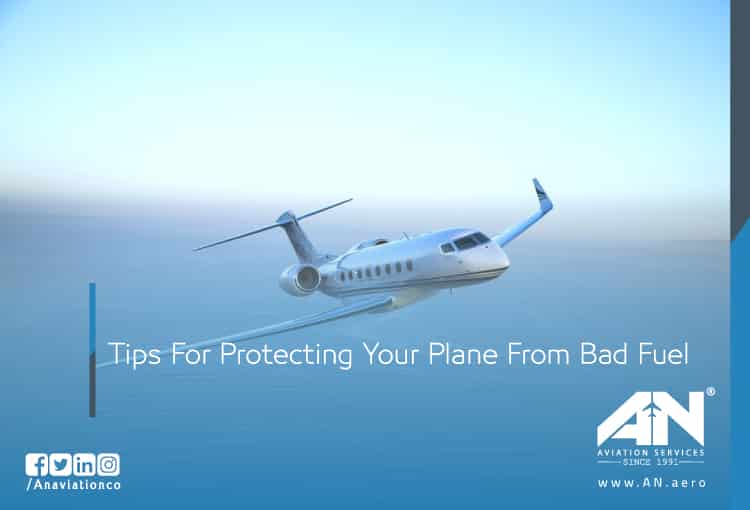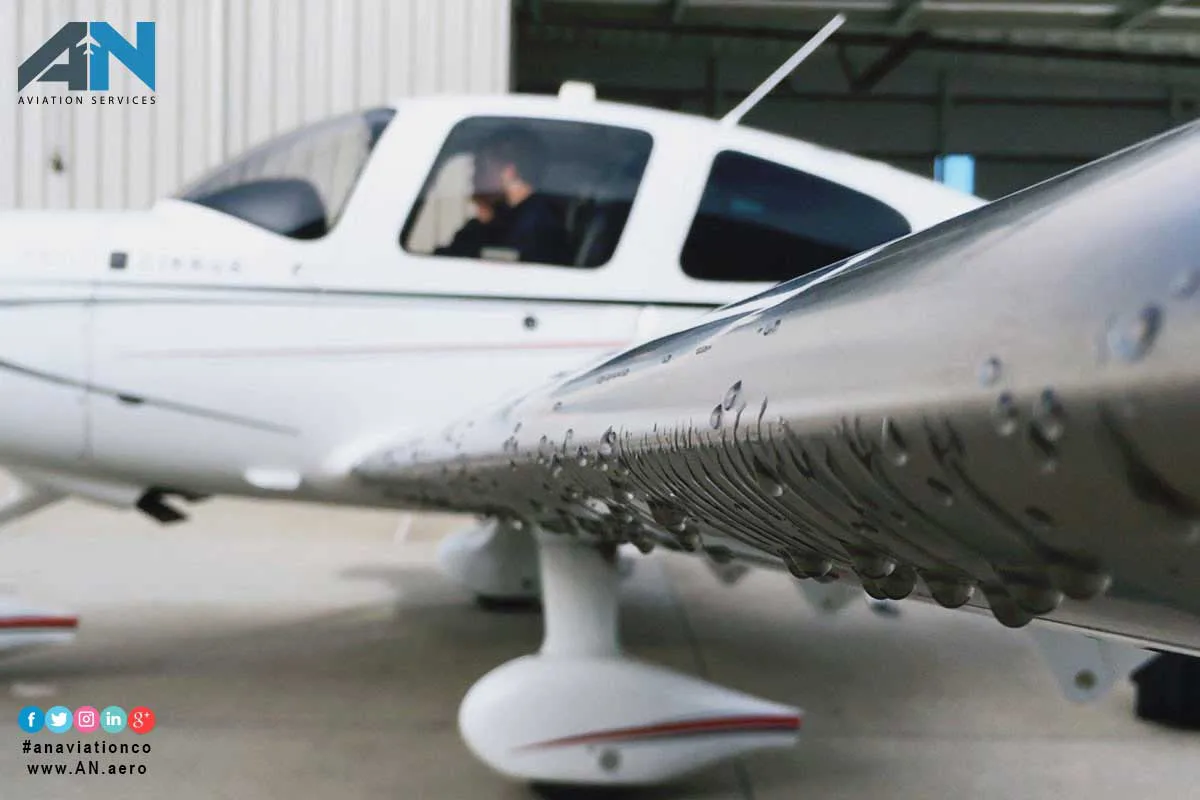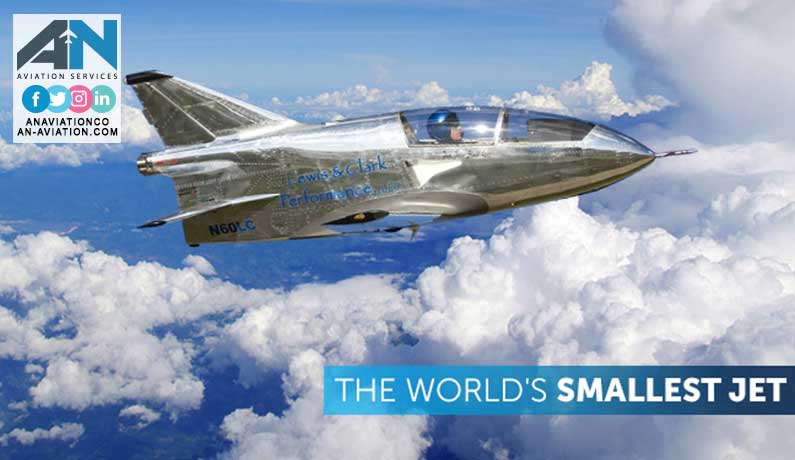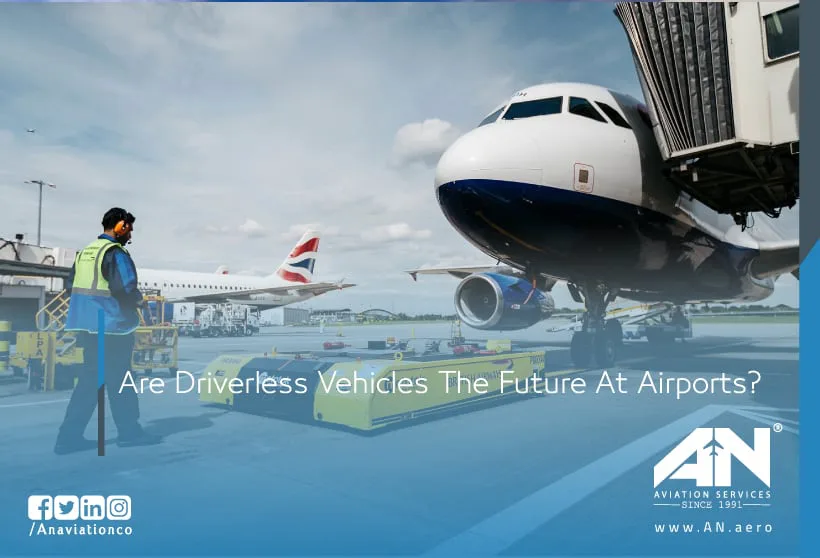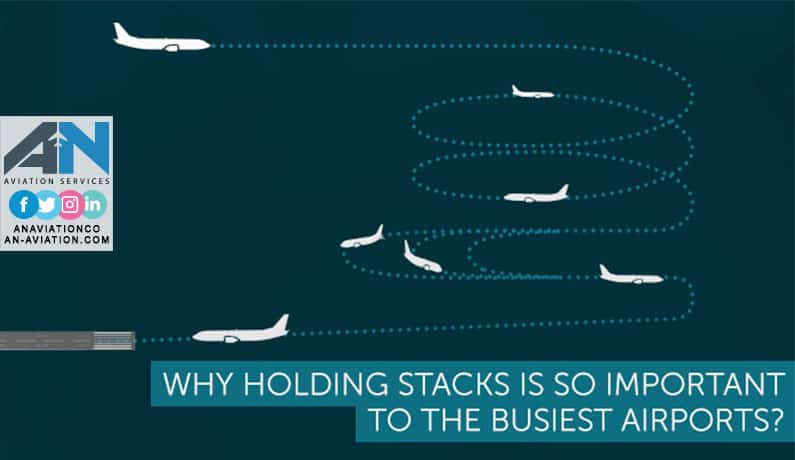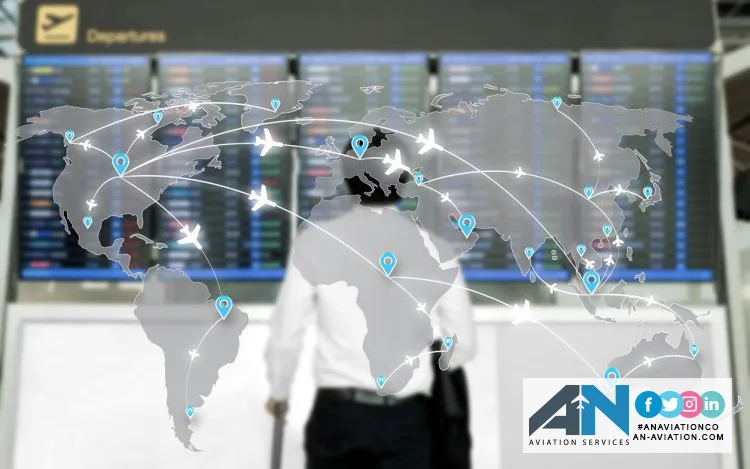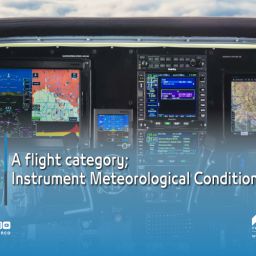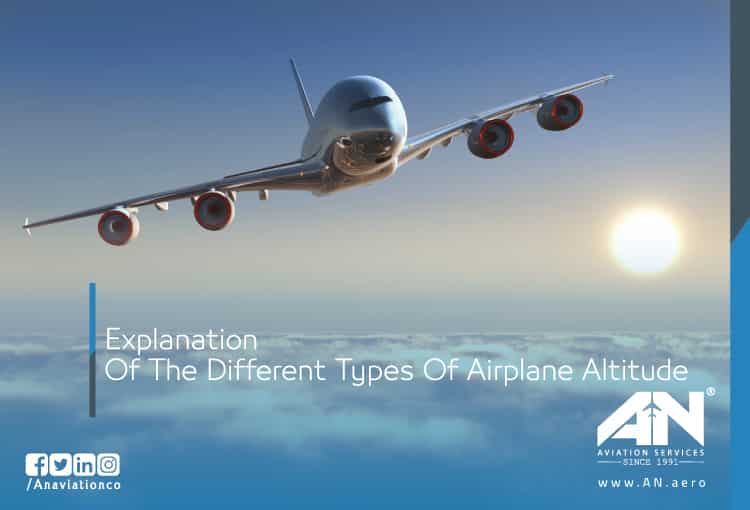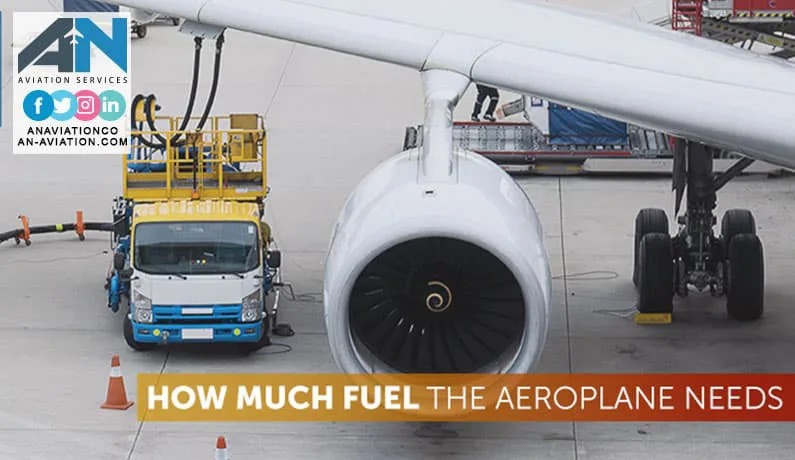
One of the most essential and carefully calculated aspects of aviation is fuel management. The amount of aeroplane fuel required for any given flight is determined by a range of factors, from the aircraft’s type to the flight distance, weather conditions, and even the weight of passengers and cargo. For both commercial aircraft and small aircraft, ensuring the correct amount of fuel is onboard is vital—not only for reaching the destination but also for maintaining safety and efficiency in the skies.
In this post, we’ll explore what goes into determining how much fuel an airplane needs, the different types of aviation fuel used, the role of aircraft fuel systems, and why factors like fuel consumption and fuel properties (such as freezing point) are so crucial in aviation.
Types of Aviation Fuel: What Keeps Different Aircraft in the Air?
There isn’t just one kind of fuel used in aviation; instead, different types of fuel are tailored to meet the specific needs of various aircraft. The two primary categories of aviation fuel are aviation gasoline (avgas) and jet fuel.
Aviation gasoline (or avgas) is used mainly in piston engine aircraft, which are typically smaller planes used for private flying or training. Avgas has a high octane rating, which helps prevent engine knocking—a critical concern for piston engines that operate at higher compression levels.
On the other hand, jet fuel is used in jet aircraft and turbine engines found in larger commercial planes. Jet fuel is typically kerosene-based and is favored for its high energy content, making it suitable for long-haul international flights. Two common types of jet fuel are Jet A and Jet A-1, with Jet A-1 being the international standard due to its lower freezing point, which makes it suitable for high-altitude, long-distance flights.
Military planes, such as those in the United States Air Force, also use specialized aviation fuels tailored to their unique performance needs. Regardless of the fuel type, all aviation fuels are formulated to minimize risks associated with static electricity and meet stringent international civil aviation standards to ensure safe and efficient combustion.
How Fuel Requirements Are Calculated for Each Flight?
The amount of fuel required for a flight depends on several key factors. These include the distance of the flight, weather conditions, the weight of the aircraft, and specific regulations governing fuel systems. For commercial aircraft, fuel calculations are extremely precise to optimize efficiency and ensure enough reserve fuel is available in case of delays, reroutes, or emergency situations.
For instance, on international flights, regulations often require planes to carry not only enough fuel for the planned route but also an additional reserve to account for unexpected situations, such as having to hold in a holding pattern or diverting to an alternate airport. Fuel consumption is influenced by the aircraft type, as well. For example, a wide-body jet like the Boeing 777 or Airbus A380 consumes significantly more fuel than a small, single-engine aircraft.
Flight planners and dispatch teams use sophisticated software to calculate the exact fuel load needed for each journey. This software takes into account the route’s altitude, expected weather patterns, and the aircraft’s performance characteristics. By adjusting for these variables, airlines can optimize fuel consumption and reduce costs, which is essential given the high cost of jet fuel and the impact of fuel burn on the environment.
Fuel Reserves and Safety Margins
One critical aspect of fueling in aviation is ensuring there are adequate safety margins. For every flight, regulations require that in addition to the fuel necessary to reach the destination, aircraft must carry extra fuel reserves. These reserves account for the possibility of delays, holding times, and unexpected detours. The concept of fuel depending on contingency factors is standard across aviation, ensuring that aircraft can handle unforeseen circumstances without running low on fuel.
In many cases, airlines also factor in an additional fuel buffer beyond what’s legally required, known as “discretionary fuel,” to further enhance safety. The exact reserve amount may vary based on the type of flight—domestic or international—as well as specific airline policies.
Fueling Procedures and Safety in Aviation
Fueling an aircraft is not as simple as filling up a car; it involves meticulous procedures designed to ensure safety and efficiency. Aircraft fuel systems are built to prevent contamination, manage fuel distribution effectively, and handle the unique demands of flight. Additionally, aviation fuelers must follow strict protocols to prevent the buildup of static electricity, which could pose a fire hazard during fueling.
For example, commercial aircraft are typically grounded (literally attached to the ground) during fueling to avoid static discharge. The process also involves multiple checks to verify that the correct type and quantity of fuel are loaded. Safety protocols are especially rigorous for larger, turbine-engine powered aircraft, where even a small error in fuel type or quantity can have serious consequences.
Aircraft refueling also has to take into account the freezing point of the fuel, especially for high-altitude, long-haul flights where temperatures outside the aircraft can drop significantly. Jet A-1, with its lower freezing point, is often preferred for flights that will cruise at high altitudes, where temperatures regularly fall below -40°C (-40°F).
How Aircraft Fuel Systems Work?
The aircraft fuel system is a complex network designed to store, manage, and distribute fuel efficiently. For smaller aircraft, these systems are fairly straightforward, with fuel tanks typically located in the wings and a simple mechanism to feed fuel to the engine.
In jet aircraft and other large commercial planes, however, fuel systems are more advanced. They include multiple fuel tanks (often in both the wings and the fuselage), pumps, sensors, and valves to ensure a balanced fuel flow. The fuel system also includes safeguards to ensure that fuel is distributed evenly, which helps maintain the aircraft’s center of gravity and stability throughout the flight.
Large commercial aircraft may also employ cross-feed valves and other mechanisms to allow pilots to adjust the flow of fuel between tanks as necessary. This level of control is crucial for long-haul flights, as it allows the flight crew to balance fuel distribution, reduce drag, and improve efficiency over extended distances.
Fuel Consumption in Different Types of Aircraft
Fuel consumption varies widely depending on the type of aircraft. For example, a small piston-engine aircraft used in general aviation may only require a few hundred pounds of aviation gasoline for a short flight. In contrast, a turbine-engine powered airliner crossing the Atlantic can burn thousands of gallons of kerosene-based jet fuel.
For a jet like the Boeing 747, fuel consumption can be as high as 12,000 liters per hour during cruising, although this number can vary based on factors like altitude, weight, and weather. By comparison, smaller regional jets or single-engine aircraft have much lower fuel consumption rates, making them ideal for shorter, domestic routes where fuel efficiency is more critical than speed or range.
The weight of fuel itself also plays a role in fuel planning. Fuel is heavy, and as fuel load increases, so does the weight of the aircraft. Heavier aircraft require more fuel to achieve and maintain cruising altitude, which can create a complex balancing act where airlines aim to carry just the right amount of fuel—enough to be safe, but not so much that it adds unnecessary weight and increases fuel consumption.
Environmental Considerations and Sustainable Aviation Fuels
The aviation industry is increasingly focused on finding ways to reduce its environmental footprint, particularly concerning fuel consumption. With the global push toward reducing carbon emissions, there is growing interest in sustainable aviation fuels (SAF), which are derived from renewable sources and produce lower emissions compared to traditional jet fuels.
Research is also ongoing into other alternative fuel types, such as hydrogen and electric propulsion, although these technologies are still in their early stages for commercial aviation. For now, SAF and incremental improvements in fuel efficiency remain the primary focus, as they offer a practical way to reduce the carbon impact of powered aircraft without needing to redesign entire fleets.
Typical Airplane Fuel Capacities
Here are some of the world’s most popular commercial aircraft and their maximum fuel capacity.
Not all of these aircraft will be able to run with full fuel and maximum cargo. Fuel is the variable that pilots can use to keep the aircraft under its maximum gross takeoff weight:
| Aircraft | Fuel Capacity US Gallons |
Fuel Capacity Liters |
Fuel Weight Kg |
Fuel Weight lbs. |
|---|---|---|---|---|
| Antanov AN-225 | 98,656 | 375,000 | 300,000 | 661,400 |
| Airbus A380 | 85,472 | 323,546 | 253,983 | 559,937 |
| Boeing 747-8 | 63,034 | 238,610 | 190,888 | 422,327 |
| Boeing 777-200LR | 47,890 | 181,283 | 145,538 | 320,863 |
| Airbus A350-1000 | 41,948 | 158,791 | 124,651 | 274,808 |
| Boeing 787-10 ‘Dreamliner’ | 33,384 | 126,372 | 101,456 | 223,673 |
| BAC Concorde | 31,483 | 119,600 | 95,680 | 210,940 |
| Airbus A320 | 7,190 | 27,200 | 21,760 | 48,173 |
| Boeing 737 Max | 6,853 | 25,940 | 20,752 | 45,915 |
| Airbus A300 ‘Beluga’ | 6,303 | 23,860 | 19,088 | 42,230 |
| Dassault Falcon 6X | 5,042 | 19,156 | 15,325 | 33,786 |
| Gulfstream G500 | 4,514 | 17,151 | 13,721 | 30,250 |
| Embraer CRJ1000 | 2,902 | 7,057 | 8,822 | 19,450 |
| Bombardier Q400 | 1,724 | 6,526 | 5,220 | 11,550 |
| Cessna Citation V | 861 | 3,272 | 2,618 | 5,771 |
| Beechcraft 1900D | 665 | 2,527 | 2,022 | 4,458 |
Conclusion: Fuel Management in Aviation—A Balance of Precision and Safety
Calculating and managing aeroplane fuel is a sophisticated process that balances safety, efficiency, and environmental considerations. From small, piston-engine aircraft to large jet aircraft, each flight’s fuel requirements are meticulously planned to ensure enough fuel is on board to reach the destination and account for any unexpected situations. Factors like fuel type, altitude, aircraft weight, and weather all play a role in these calculations, making fuel management a crucial element in aviation.
In an industry where safety is paramount, the careful management of fuel—from selection to consumption—is essential for both everyday operations and long-term sustainability. As new technologies and sustainable fuels continue to emerge, the future of aviation will likely see even more advancements in how we power aircraft, but the fundamental principles of fuel safety and precision will always remain at the heart of the aviation industry.


